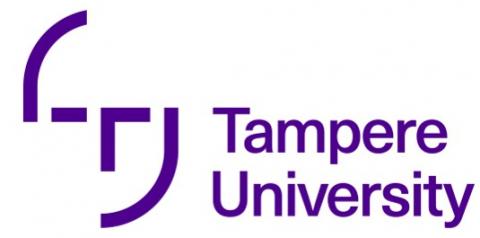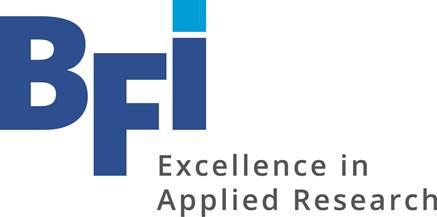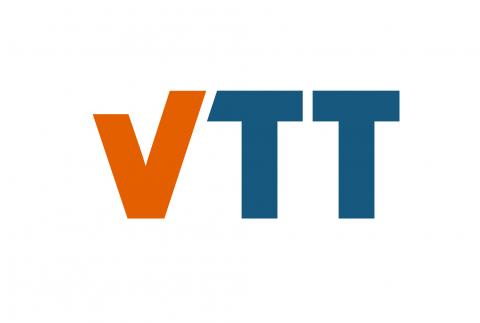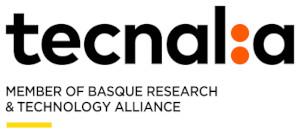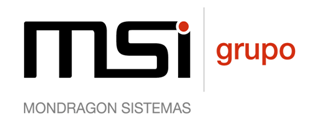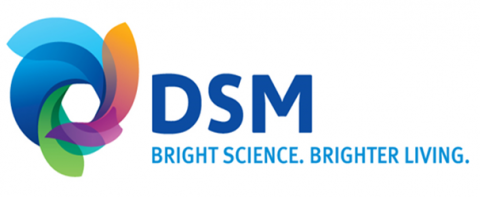Plant-wide process control in the process industry: barriers to implementation
By Rob Meier, Jani Jansson, Peter Craamer, Felix Bayon, Mikko Korpi, Antonius Schroeder and Michael Kohlgrueber (https://www.linkedin.com/in/robert-meier-b81169a/)
In the COCOP project, we envision to enable plant-wide monitoring and control by using the model-based, predictive, coordinating optimisation concept in integration with local control systems. This is based on the assumption that complex process industry plants will be optimally run by the operators with the guidance of a coordinating, real-time optimisation system. In the COCOP project we consider both technical-economic as well as social aspects. With the latter we refer to, for instance, acceptance by plant staff of new control systems.
In the process industry, the processes have generally been in place for many decades and, in the course of time, running and controlling the processes has gradually been modified and improved. Operators are well-trained and experienced with existing running processes.

More recently, the process industry faces a strong need to increase product quality and reduce operating costs & environmental footprint., i.e. reduce waste, reduce use of other resources (energy, water). Further optimisation is needed to increase the competitiveness of the European process industry. A complex plant comprises continuous and/or batch unit processes. The plant’s complexity stems from its dynamic properties, so a plant-wide monitoring and control, which is a big challenge, is becoming a requirement for achieving a more economically and environmentally efficient operation.
From a technical point of view, during the last decades many automation solutions have been developed to enable plant wide optimisation, but implementation is still hampering. One of the issues is that industry has already installed important production & process control systems. Changing the entire environment in the plant, including new hardware/software to enable real-time and plant-wide control, could lead to the rejection of implementation of such new systems. The production process must continue, at least with the performance from the past, and this cannot be guaranteed when changing the entire environment at once. The economic risks are far too high, including safeguarding customer satisfaction in both delivery and quality. The COCOP project embraces a concept retaining existing systems such as DCS (Distributed Control System) and MES (Manufacturing execution system), whilst constructing a shell including these. The top layer of the shell is the future plant wide optimization system. This should lower the barriers to the implementation of the developed tools. Moreover, when the new system is installed on top of existing systems, the existing plant control system can still be used and, at the same time, the new system can be validated in real-time before it eventually takes over control. This should avoid potential technical barriers.
Experience in the Water Treatment Sector has shown that it is important to gain operators and process engineers’ confidence to implement the optimisation modules. For example, when energy optimisation algorithms are implemented, the optimisation consists in eliminating “over-actuating” in certain areas, but normally there is a reason for this kind of “over-actuation” since it gives the guarantee that the process is “under control”. Suboptimal, not hundred per cent efficient, but under control which is very important for process stability and effectiveness (product quality). This means that looking for energy optimization by removing “over-actuation” based on algorithms doesn´t transmit too much confidence, since the operator gets the impression that the process is not 100% under control or is getting in the grey zone, while he still will be held responsible for the process stability. To counter that confidence or reliability problem, the implementation of optimization algorithms must come together with an implementation methodology allowing the optimization algorithm little freedom to operate in the beginning. Even no automatic application of the calculated values is possible via a Decision Support System. And when confidence is gained, the freedom to operate is broadened step by step with the goal that the operator feels confident. The final stage is when complete freedom is given to the optimization algorithms.
According to experience from copper smelters, model based control solutions should be introduced first as giving advises to operator. The new tools should be calculating without requiring effort from operator and showing the results in a clear and visible way and then, accepting the results to control should be made as easy as possible. If the operators need to type values frequently to an upper level control system, they might not use it at all. One challenge in some copper smelters is the lack of feedback measurements or delay in the laboratory analysis, which make the state estimation very difficult. This challenge can be minimized by developing models with good feed forward capabilities.
In this line, the COCOP project is developing different Advisory Tools to provide the operators with processes advisory information. These tools are based on predictive models that can be: legacy (existing) models usually comprising differential equations etcetera, and models based on A(rtifical)I(ntelligence) such as a neural network. The latter is new territory and can be expected to rise more concern when attempting to implement. Still such models have very significant potential.
Finally, we have already referred to human aspects in relation to the acceptance of new control systems. Indeed, apart from lowering technical barriers, there are other potential barriers of social, or human, nature. How will plant managers and operators value and accept the new system? The new methodologies will, in the end, lead to substantially different operations than expected, and it at least suggests they might lead to more automatic plant control.
Based on surveys in a steel plant and in the copper industry, (future) users and engineers from external service providers mentioned that negative consequences for users must be avoided, such as job losses and increasing work intensification. Beyond avoiding negative consequences, interviewed people delineated some factors how to facilitate the implementation of the new optimisation systems. These human factors requirements can be assigned to the three dimensions of a sociotechnical system: (1) in the people dimension, (future) users need to develop the right skills to use the new software systems in the best possible way. If the software system offers benefits to the users (e.g. supports the users in performing their tasks and achieve their objectives), they have a positive attitude towards the system; (2) In the organisational dimension, people need the right target and bonus system (promoting a mindset for plant-wide optimisation) and a personal support in case of problems or changes of the system; (3) In the technical dimension, users are expecting the compatibility of the new software systems to existing IT-systems (such as the current MES). Furthermore, the system should be user friendly (easy and intuitive usability). Taking these human factors requirements into account, as done in COCOP project, will facilitate the implementation of the new optimisation system.
Follow discussion in the COCOP Debate Group in LinkedIn





